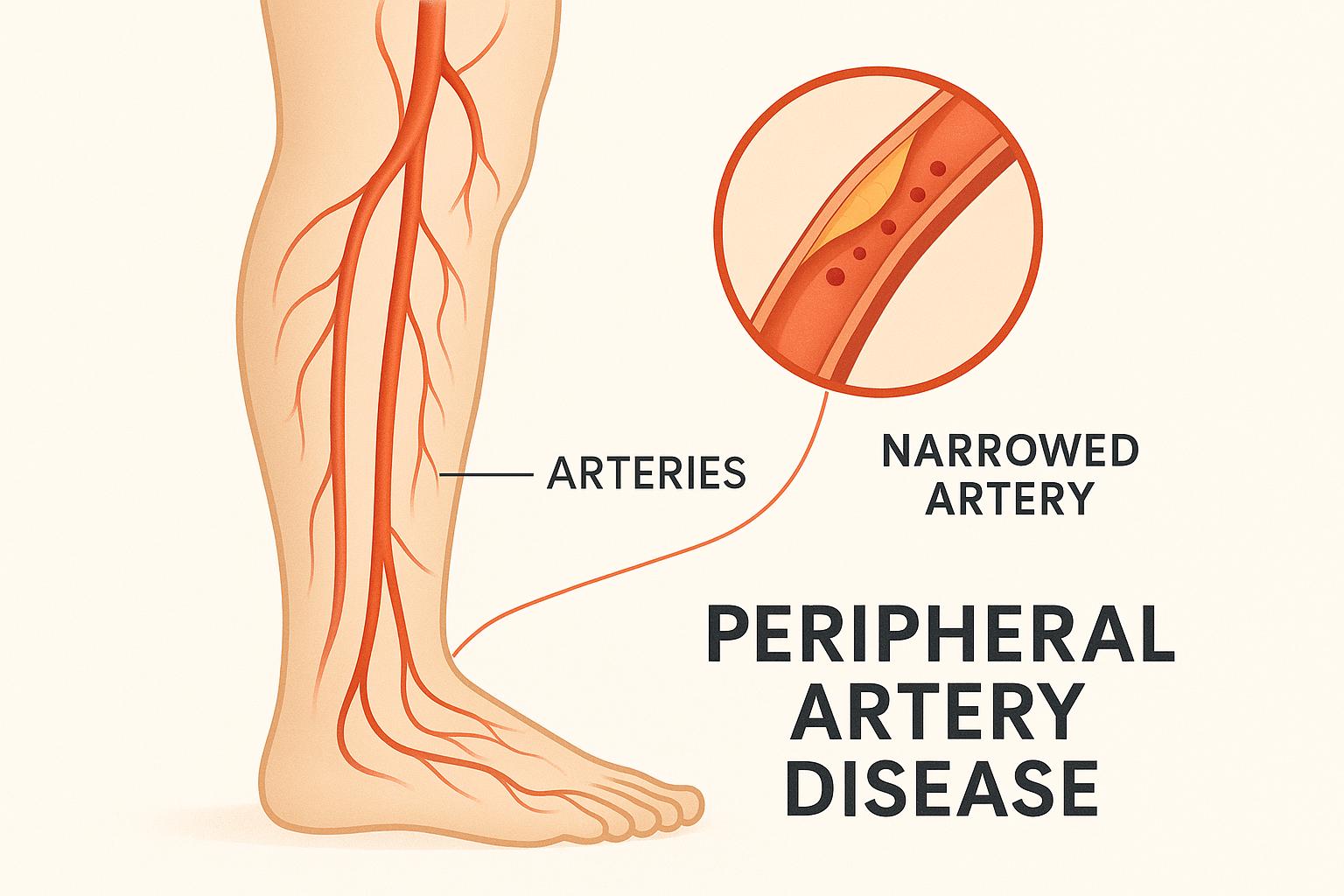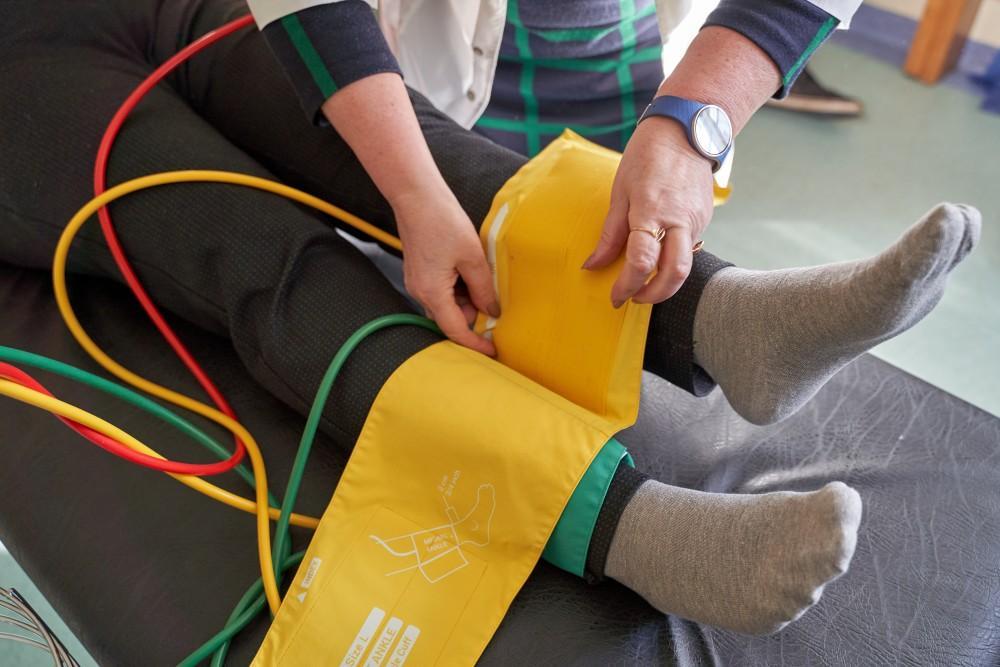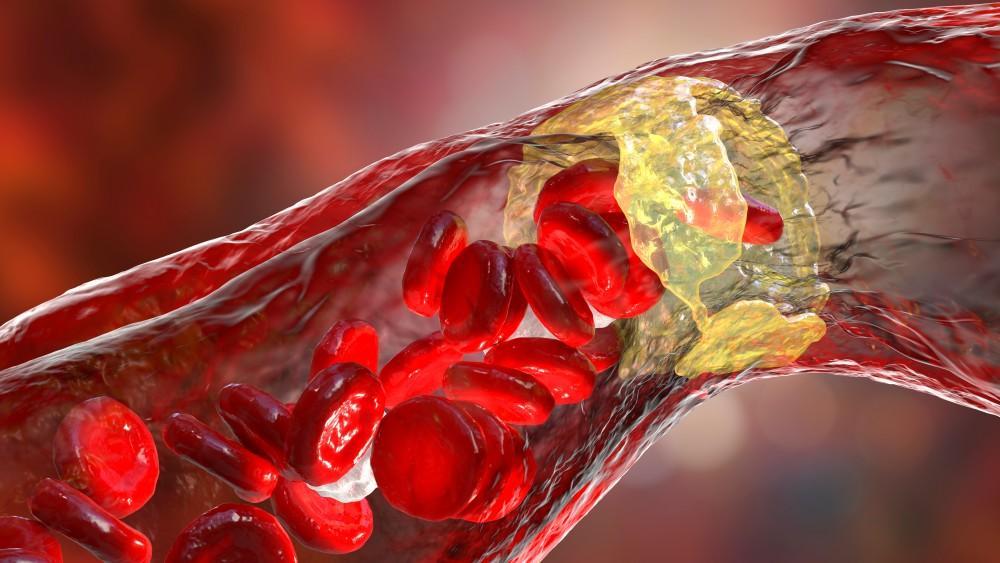Nothing can slow you down faster than peripheral artery disease. This condition can cause several uncomfortable symptoms in your legs, ranging from cramping, weakness, and pain to wounds that just don’t heal.
With symptoms like these, taking a walk or heading to the gym is often the furthest thing from your mind. However, peripheral artery disease is also treatable and manageable, and the condition benefits from regular physical activity.
At Prime Heart and Vascular, Dr. Rishin Shah is committed to treating your peripheral artery disease and providing you with the tools you need to maintain a comfortable, active lifestyle. Here, we offer tips to get you moving.
The problem with peripheral artery disease
Peripheral artery disease (PAD) is a circulatory issue caused by narrowed arteries as plaque builds up along their walls. This constriction reduces the blood flow to your extremities, specifically your lower legs, making it harder for oxygen-rich blood to pass through.
PAD’s most common symptom is painful cramping in the lower legs, even with minimal movement like going up stairs or walking. This disease’s risk factors include increasing age, smoking, diabetes, and other medical complications like high cholesterol, high blood pressure, or obesity.
Fortunately, there are several ways to treat PAD conservatively, including controlling your overall health and quitting smoking if you’re a smoker. Exercise is also an excellent way to manage your PAD symptoms.
How exercise can help PAD
Exercise can seem like a strange PAD treatment when the act of taking a few steps can cause pain. But because this disease stems from circulatory problems, increasing your blood flow can significantly improve your symptoms.
There are a few things you should keep in mind when getting ready to exercise. Here are our top tips for exercising with peripheral artery disease:
Start with the right footwear
When you have PAD, your legs need all of the support they can get. That means creating a good foundation with the shoes and socks you wear while exercising. Choose supportive shoes that fit properly when walking or being active. A thick pair of moisture-wicking socks adds support, keeps your feet dry, and protects pressure spots.
Remember to warm up
Many people like to skip the warmup and jump straight into the activity — a surefire way to sustain a sports injury. If you have PAD, you definitely don’t want to skimp on this important part of an exercise plan. Take your time getting started by stretching your calf and thigh muscles for at least 10-15 seconds each. This helps your muscles warm up and prepare for activity.
Start slow
When it comes to PAD, the best exercise is interval walking. Find a route around your neighborhood that you enjoy, or use a treadmill. After your warmup, walk for a few minutes at a good pace even if you feel mild pain. Then, rest for a few minutes.
Repeat this interval several times, but start slow. Your goal should be a total walking time of approximately 30 minutes in the beginning, building up to roughly 50 minutes with time.
If walking is proving too stressful, try starting in a pool where the water helps support your body weight, which alleviates pressure on your legs. When you’re ready for more of a challenge, try climbing stairs or hills, or increase the incline on your treadmill.
Remember that while you have to work through some discomfort when starting interval walking, never push yourself past your pain limits. Talk to Dr. Shah if walking is too painful or if you experience intense pain.
Switch it up
Walking isn’t the only way to increase the circulation in your body. Consider an elliptical machine, a stationary bike, or even some gentle yoga poses to get your blood moving without adding impact or pressure to your lower half.
Dr. Shah also recommends focusing on other areas of your body like your upper body or core muscles if your legs are in too much pain. Any movement can improve your circulation, overall health, and PAD symptoms.
Dr. Shah can direct you toward the best activities and workouts to try, depending on your specific needs. Never start an exercise regimen without consulting him first.
Don’t let your PAD symptoms keep you from the things you love. If you long for the days when you could be active with your family or take a comfortable stroll around the block, call the office closest to you or book an appointment online to talk with Dr. Shah today.





